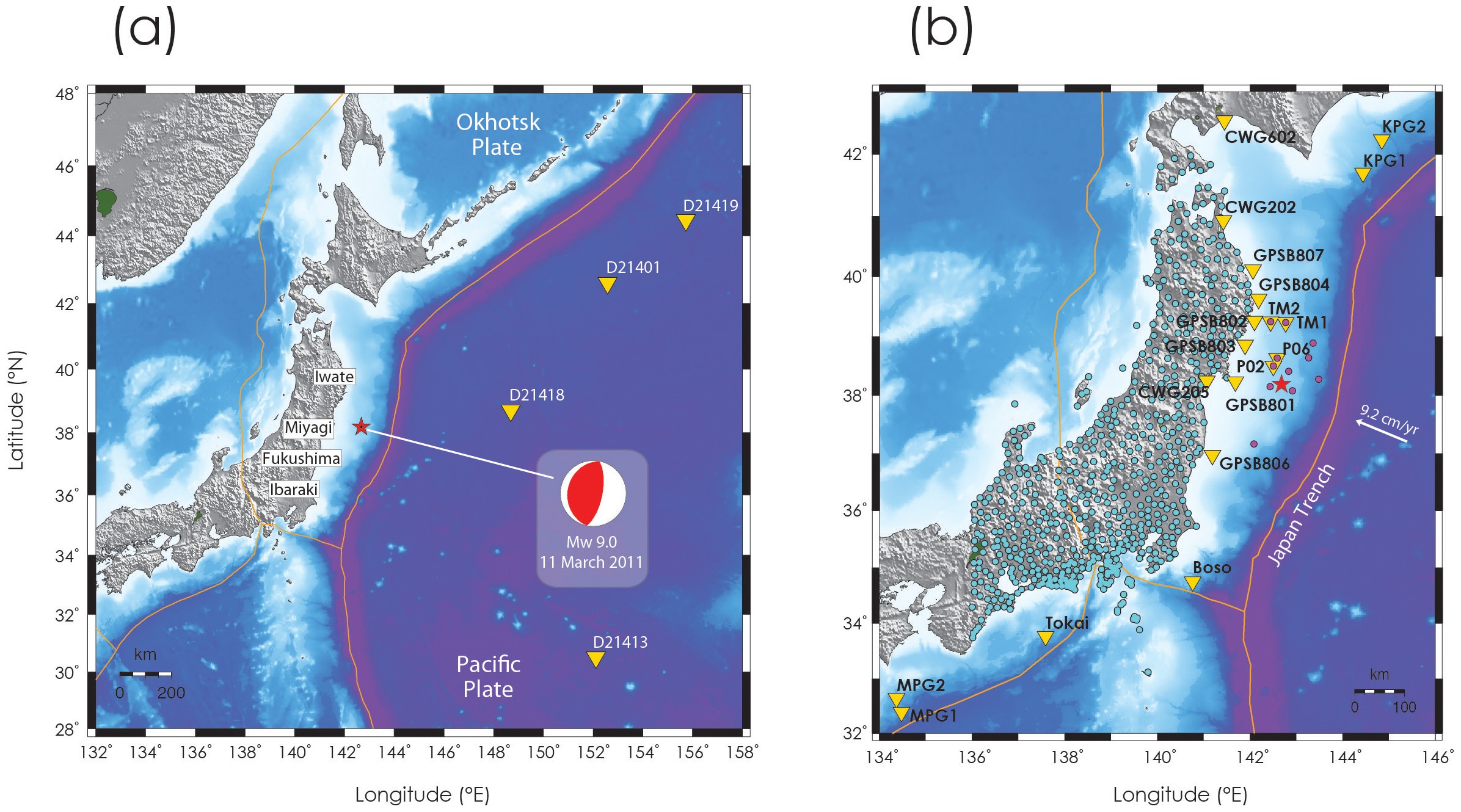

How did I rotate the globe? Rotating basically means moving the camera around the globe. This is why the application initially starts with the globe rotating: However, it becomes easier to locate the points in space when the scene is in motion. In this map, the exaggerated depth makes it even harder! The basemap is also very minimal, containing only the borders of the countries and those of the tectonic plates.

In images of 3D maps it’s sometimes hard to figure out where the features are in space. In this case featureExpresionInfo.expression = "-$pth * 6". How to exaggerate the depth of the earthquakes? With ArcGIS API for JavaScript you can set the featureExpressionInfo on the elevationInfo property of the CSVLayer. Take for example the Tonga trench, a very active tectonic region with many earthquakes reaching very deep, all the way to 700km. The earthquakes are stretched now much more and you can notice differences between regions. On the right, the earthquake depths are exaggerated by a factor of 6. Notice how you couldn’t really tell the difference between a 12km deep earthquake and a 410km deep earthquake. The screenshot on the left is using real depth. Comparison between a visualization with exaggerated depth and without.


 0 kommentar(er)
0 kommentar(er)
